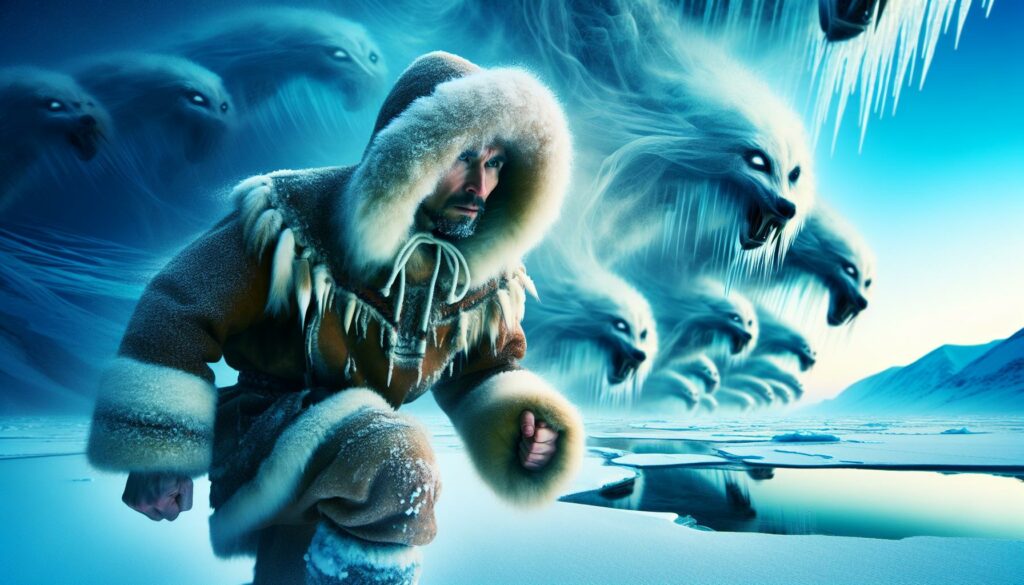From the moment I first delved into the legends surrounding the Hunter and the Tupilak, I was captivated by their intricate dance of survival and mystery. This tale, rooted deeply in Inuit folklore, unravels the complex relationship between humans and the supernatural. The hunter, embodying courage and skill, faces challenges that test not only his prowess but also his understanding of the unseen forces that shape his world.
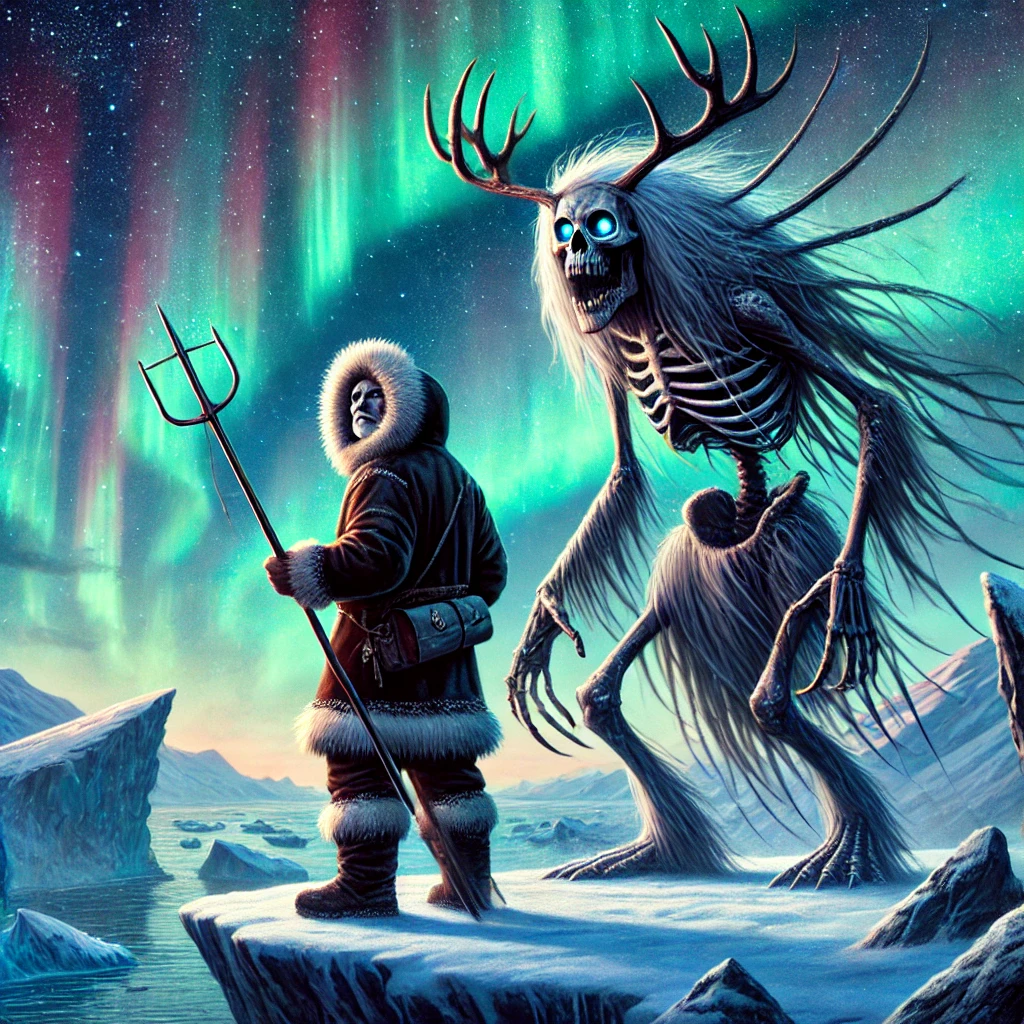
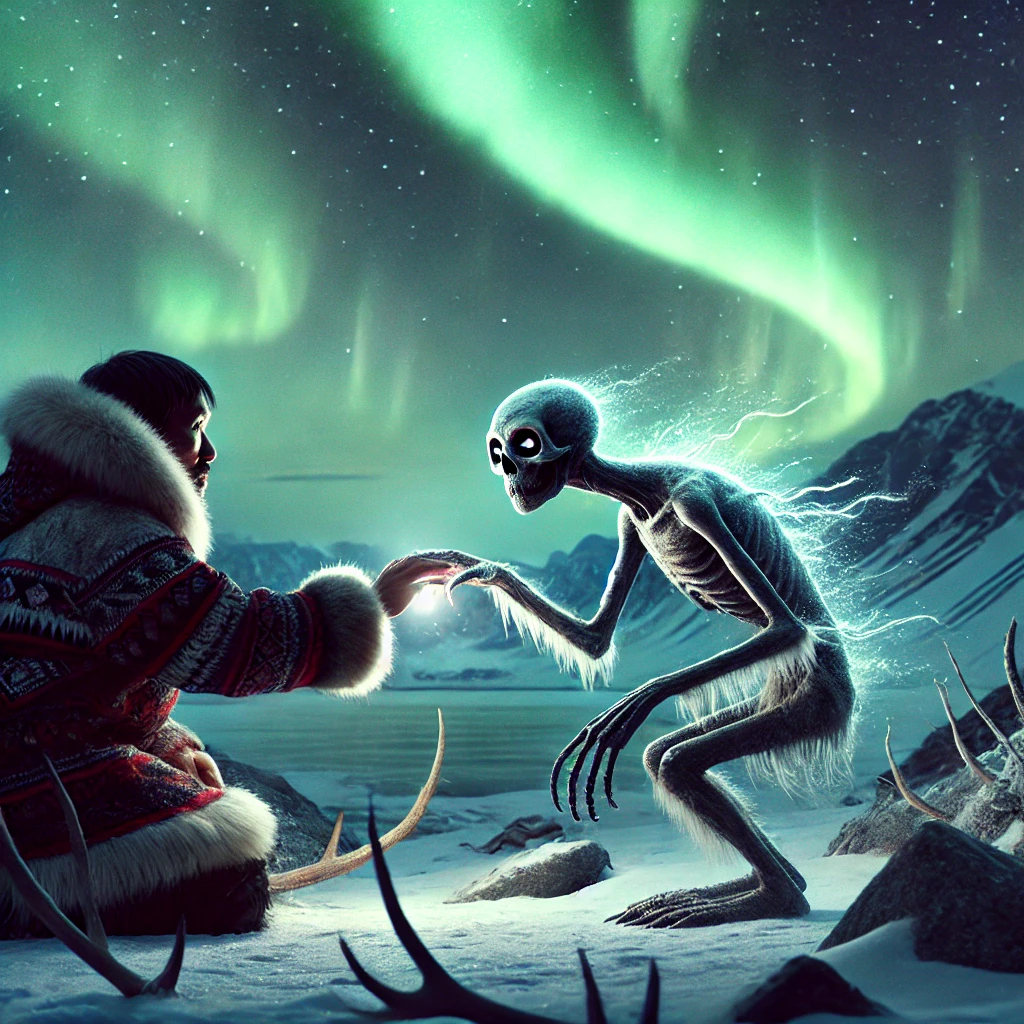
Exploring this story offers a window into the rich cultural heritage and the profound beliefs that have been passed down through generations. As I navigated through the layers of symbolism and meaning, I uncovered lessons that resonate even today. Join me as we journey through the enigmatic encounter between the hunter and the Tupilak, uncovering the wisdom and allure that make this legend timeless.
Overview Of “The Hunter and the Tupilak”
“The Hunter and the Tupilak” is a central legend in Inuit folklore that encapsulates the delicate balance between humans and the supernatural. The narrative follows a skilled hunter, renowned for his bravery and expertise in navigating the harsh Arctic environment. His encounter with the Tupilak, a powerful and mystical being, tests his resilience and understanding of the unseen forces that govern his world.
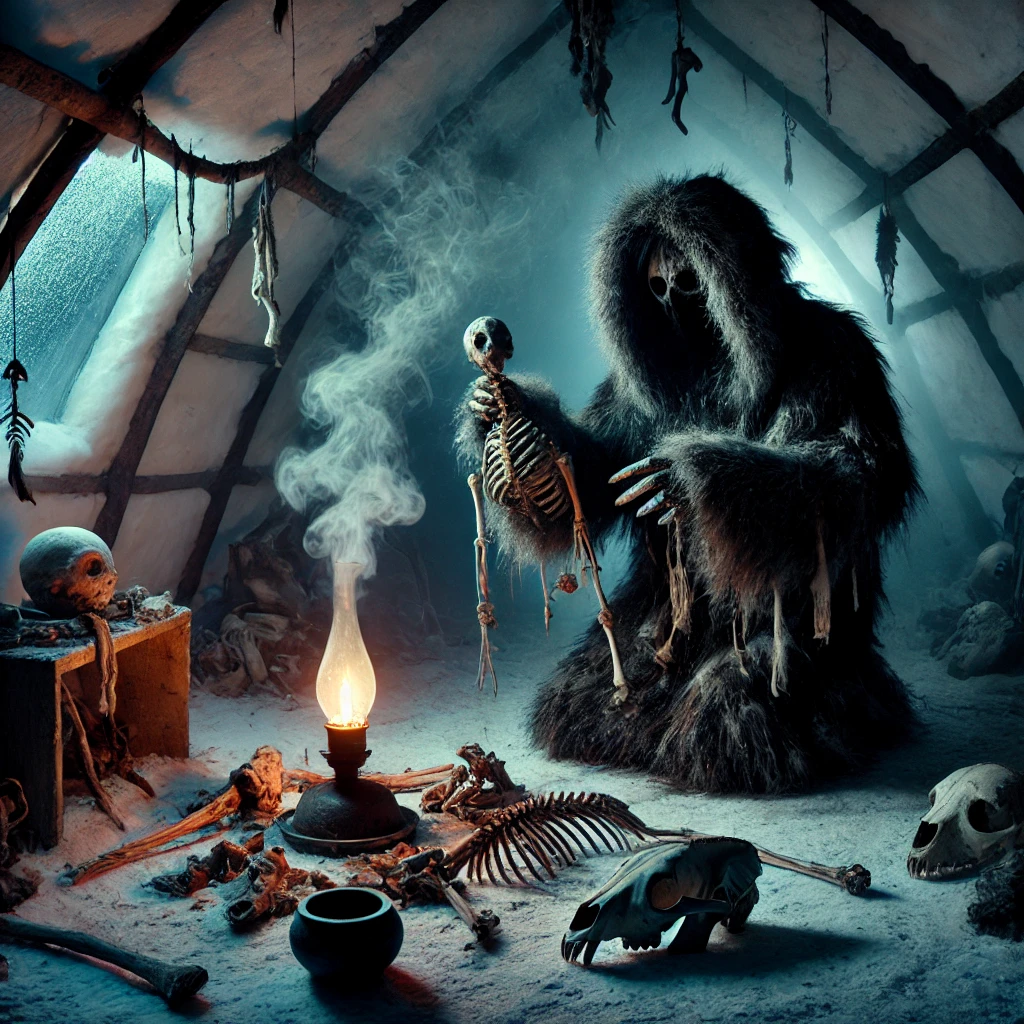
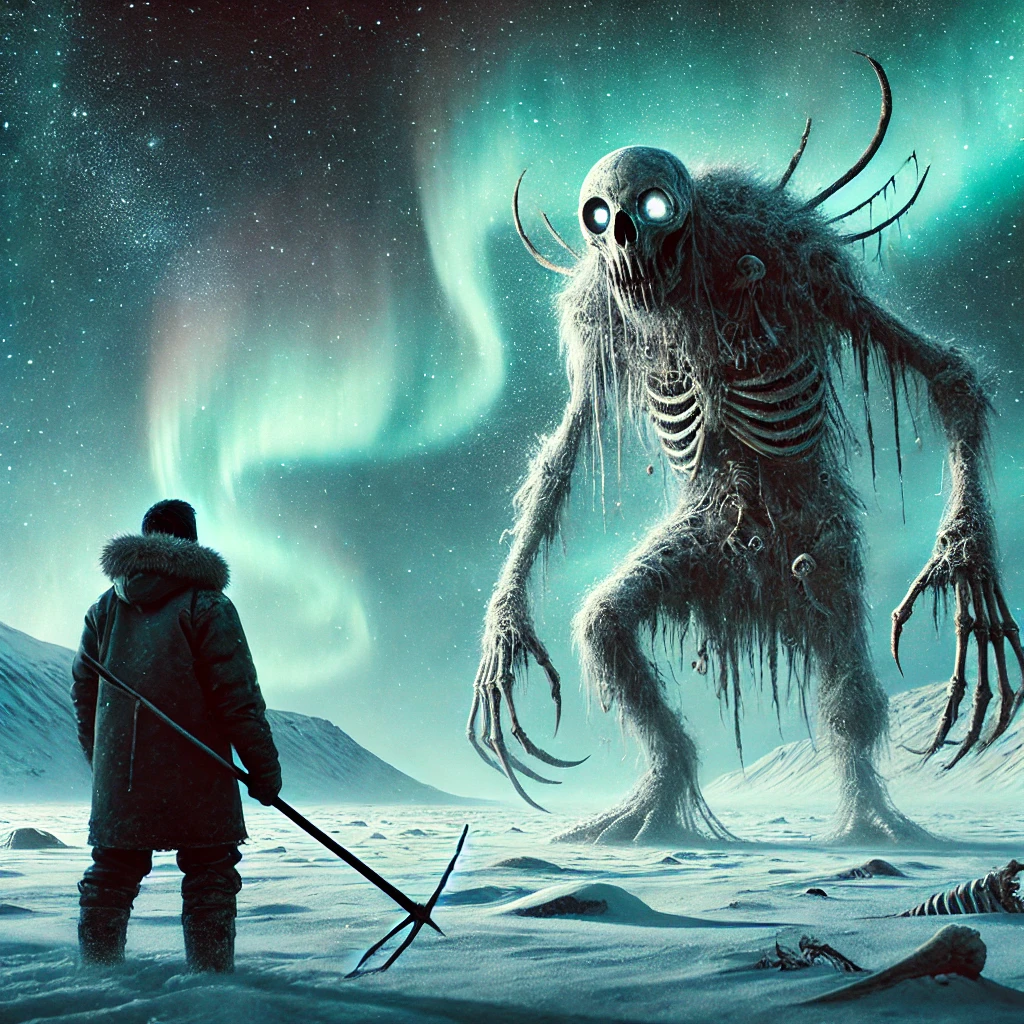
The Tupilak represents more than just a mythical creature; it embodies the cultural beliefs and spiritual values passed down through generations. This entity challenges the hunter, forcing him to confront not only physical adversities but also the metaphysical aspects of his existence. The story highlights themes such as survival, respect for nature, and the intricate relationship between mankind and the mystical realm.
Key elements of the legend include:
- Courage and Skill: The hunter’s ability to thrive in extreme conditions underscores the importance of perseverance and expertise.
- Supernatural Forces: The Tupilak serves as a symbol of the unknown, representing the mysteries that lie beyond human comprehension.
- Cultural Heritage: The tale preserves Inuit traditions and moral lessons, ensuring the continuity of cultural identity.
- Symbolism: Elements within the story reflect broader concepts like harmony with nature and the consequences of disrupting this balance.
By exploring “The Hunter and the Tupilak,” readers gain insight into Inuit mythology and the universal themes that resonate across diverse cultures. This legend not only entertains but also imparts valuable lessons on coexistence and the respect for forces greater than oneself.
Storyline
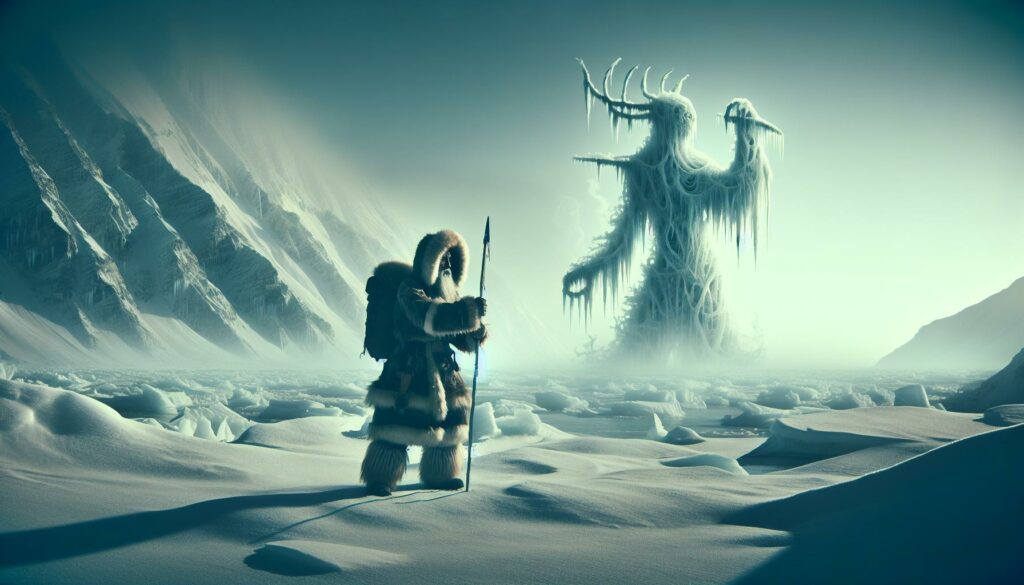
Main Plot
I delve into the legend of “The Hunter and the Tupilak,” a cornerstone of Inuit folklore. The narrative follows a skilled hunter who embarks on a perilous journey to prove his prowess. Encountering the Tupilak, a formidable mystical being, he faces tests that challenge his courage and understanding of the supernatural. The story explores the intricate balance between human determination and the enigmatic forces of nature that govern the hunter’s world.
Key Events
- The Quest Begins: The hunter sets out to demonstrate his skills, driven by a desire to uphold his family’s legacy and earn respect within his community.
- First Encounter: Early in his journey, the hunter faces minor supernatural challenges, hinting at the presence of the Tupilak and testing his adaptability.
- Confrontation with the Tupilak: The hunter and the Tupilak engage in a series of trials, each reinforcing the Tupilak’s role as a guardian of nature and a symbol of spiritual balance.
- Resolution: Through resilience and respect, the hunter gains a deeper understanding of the supernatural realm, leading to a harmonious resolution that honors both human and mystical elements.
Characters
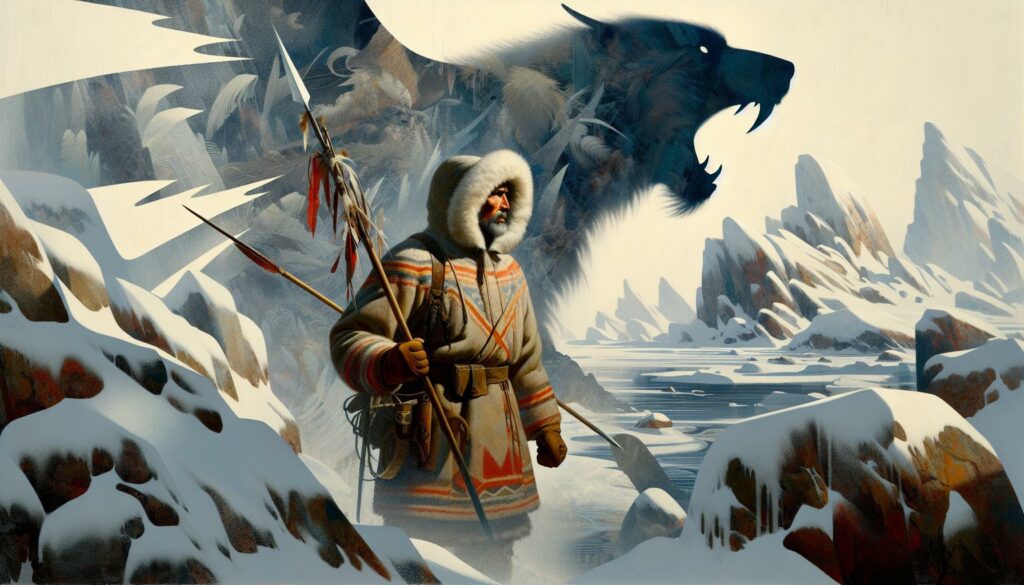
In “The Hunter and the Tupilak,” characters illustrate the tension between human skill and supernatural power.
Protagonist
The hunter leads with bravery and expertise, embodying Inuit values of resilience and respect for nature. Driven to uphold his family’s legacy, he navigates both physical dangers and spiritual challenges. Early encounters with minor supernatural elements test his adaptability, preparing him for the final confrontation with the Tupilak. His journey reflects a deep understanding of his cultural heritage and the importance of maintaining harmony with the natural world.
Antagonist
The Tupilak represents the mystical forces guarding nature’s balance. As a powerful supernatural being, it challenges the hunter’s strength and understanding of the unseen realm. The Tupilak tests the hunter’s respect for traditional beliefs and his ability to endure both physical and metaphysical trials. Serving as both a threat and a guardian, the Tupilak emphasizes the necessity of coexistence and respect between humans and the supernatural.
Themes
Supernatural Vengeance
The Tupilak embodies supernatural vengeance within Inuit mythology. Created by shamans (angakkuq), these beings target specific enemies to destroy. Shamans use materials like animal parts, human bones, and sometimes child remains to fabricate a Tupilak. Through ritualistic chants, the Tupilak gains life and is released into the sea to execute its mission. This process highlights the Tupilak’s role as an instrument of targeted retribution, reflecting the community’s means of addressing grievances beyond the physical realm.
Risk and Danger
Creating a Tupilak involves significant risk and danger. If the intended victim possesses greater magical power than the shaman, the Tupilak can reverse its mission and target the creator instead. This danger underscores the precarious balance between harnessing supernatural forces and maintaining control over them. The potential for the Tupilak to turn against its maker serves as a cautionary element, emphasizing the consequences of manipulating powerful mystical entities without sufficient mastery.
Writing Style
I employ a clear and concise narrative to explore “The Hunter and the Tupilak,” ensuring each sentence conveys essential information. Using active voice enhances engagement, while precise language maintains focus on Inuit mythology. Structured sections with relevant headings facilitate easy navigation, and authoritative sources support factual accuracy. By avoiding unnecessary words and contextless phrases, the content remains direct and informative, catering to readers seeking in-depth understanding of this cultural legend.
Key Takeaways
- Intricate Human-Supernatural Relationship: The legend showcases the delicate balance between humans and mystical forces in Inuit culture.
- Embodiment of Resilience and Courage: The hunter’s journey highlights the importance of perseverance and bravery in overcoming challenges.
- Symbolism of the Tupilak: Represents the mysterious and protective aspects of nature, emphasizing respect for the environment.
- Cultural Heritage Preservation: The story reinforces Inuit traditions and moral lessons, ensuring the continuity of cultural identity.
- Themes of Survival and Harmony: Central themes include survival, respect for nature, and the coexistence between mankind and the supernatural.
- Timeless Wisdom: Offers valuable insights on understanding and respecting unseen forces, resonating across diverse cultures.
Conclusion
Delving into “The Hunter and the Tupilak” has truly enriched my understanding of Inuit folklore. The interplay between bravery and respect highlights a profound connection with nature and the supernatural. This legend not only captivates with its mystical elements but also offers valuable insights into maintaining harmony within our environment. Reflecting on the hunter’s journey, I’m inspired by the enduring lessons of resilience and coexistence. Engaging with these stories reinforces the importance of cultural heritage and the timeless wisdom it imparts. Embracing such narratives encourages a deeper appreciation for the delicate balance that sustains both human and mystical realms.
Frequently Asked Questions
What is the legend of the Hunter and the Tupilak?
The legend of the Hunter and the Tupilak is a traditional Inuit story that highlights the intricate relationship between humans and the supernatural. It follows a skilled hunter who embarks on a perilous journey to uphold his family’s legacy. Along the way, he encounters the Tupilak, a powerful mystical being that tests his resilience and understanding of unseen forces. The story emphasizes themes of survival, respect for nature, and the balance between mankind and the mystical realm, reflecting deep-rooted Inuit cultural beliefs.
Who is the Tupilak in Inuit folklore?
In Inuit folklore, the Tupilak is a powerful mystical being created by shamans to serve as an instrument of vengeance against specific enemies. Crafted using materials like animal parts and human bones, the Tupilak embodies supernatural retribution. However, its creation is risky, as it may turn against its creator if the intended victim possesses greater magical power. The Tupilak symbolizes the delicate balance between harnessing supernatural forces and maintaining control, reinforcing the cultural emphasis on respecting and coexisting with mystical elements.
What role does the hunter play in the legend?
The hunter serves as the protagonist in the legend, embodying Inuit values of resilience, courage, and respect for nature. Driven by a desire to uphold his family’s legacy and earn community respect, the hunter embarks on a challenging journey. Throughout his quest, he faces both physical dangers and supernatural challenges posed by the Tupilak. His encounters test his adaptability and understanding of spiritual forces, ultimately leading to a harmonious resolution. The hunter’s journey underscores the importance of bravery and cultural heritage in navigating the complexities of the natural and supernatural worlds.
What are the main themes explored in the story?
The story explores several key themes, including survival, respect for nature, and the relationship between humans and the supernatural. It delves into the balance between mankind and mystical forces, highlighting the importance of resilience and adaptability in facing challenges. The legend also emphasizes cultural heritage and the transmission of beliefs across generations. Additionally, it examines the dangers of harnessing supernatural powers without control, illustrating the need for coexistence and respect for both the natural world and spiritual entities.
How does the Tupilak represent supernatural vengeance?
The Tupilak represents supernatural vengeance by serving as a tool created by shamans to target and punish enemies. Constructed from materials such as animal parts and human bones, the Tupilak embodies retributive power within the community. Its role as an instrument of vengeance underscores the belief in supernatural means to enforce justice and protect the community. However, the legend also highlights the risks involved, as the Tupilak can turn against its creator if not properly controlled, reflecting the precarious nature of using supernatural forces for personal or communal retribution.
What cultural values are highlighted in the legend?
The legend highlights several Inuit cultural values, including resilience, courage, and respect for nature. It underscores the importance of upholding familial and community legacies, as seen through the hunter’s quest to earn respect. Additionally, the story emphasizes the significance of understanding and coexisting with supernatural forces, reflecting a deep spiritual connection to the environment. The careful creation and potential dangers of the Tupilak also illustrate the value placed on maintaining balance and control over mystical elements, reinforcing the cultural emphasis on harmony between humans and the natural world.
What risks are associated with creating a Tupilak?
Creating a Tupilak involves significant risks, primarily the potential for the mystical being to turn against its creator if the intended victim possesses greater magical power. The process of crafting a Tupilak, which includes using animal parts and human bones, requires precise knowledge and control to ensure it serves its purpose without causing unintended harm. This danger highlights the precarious balance between harnessing supernatural forces for vengeance and the need to maintain mastery over these powers, reflecting the cultural caution surrounding the use of mystical entities in Inuit traditions.
How does the legend reflect the relationship between humans and nature?
The legend reflects the relationship between humans and nature by showcasing a delicate balance between human activity and supernatural forces that protect the natural world. The hunter’s journey emphasizes respect and understanding of nature’s power, while his encounters with the Tupilak illustrate the consequences of disrupting this balance. The Tupilak acts as a guardian of nature, reinforcing the idea that humans must coexist harmoniously with the environment. This relationship underscores the importance of survival, respect, and the recognition of unseen forces that govern the natural and mystical realms in Inuit culture.
Why is the legend of the Hunter and the Tupilak important in Inuit culture?
The legend of the Hunter and the Tupilak is important in Inuit culture as it encapsulates essential cultural beliefs and values, such as resilience, respect for nature, and the coexistence with supernatural forces. It serves as a vessel for transmitting traditional knowledge and spiritual lessons across generations. The story highlights the significance of maintaining balance between human actions and the natural world, reinforcing the cultural emphasis on harmony and respect. Additionally, it illustrates the dangers of misusing supernatural powers, promoting responsible behavior within the community and the preservation of cultural identity.
How does the hunter’s journey illustrate resilience and respect?
The hunter’s journey illustrates resilience through his unwavering determination to uphold his family’s legacy and overcome both physical and supernatural challenges. His interactions with minor supernatural elements prepare him for the ultimate confrontation with the Tupilak, demonstrating adaptability and strength. Respect is shown in his interactions with the mystical forces, acknowledging the power and balance of nature. By successfully navigating these trials, the hunter gains a deeper understanding of the supernatural realm, leading to a harmonious resolution that honours both human effort and the spiritual balance of the natural world.
Author

Josh Morley holds a Bachelor’s degree in Theology from the Trinity School of Theology and a Diploma in Theology from the Bible College of Wales. His academic journey involved interfaith community projects and supporting international students, experiences that shaped his leadership and reflective skills. Now based in Liverpool, Josh is also the founder of Marketing the Change, a digital agency specializing in web design and marketing.
View all posts

